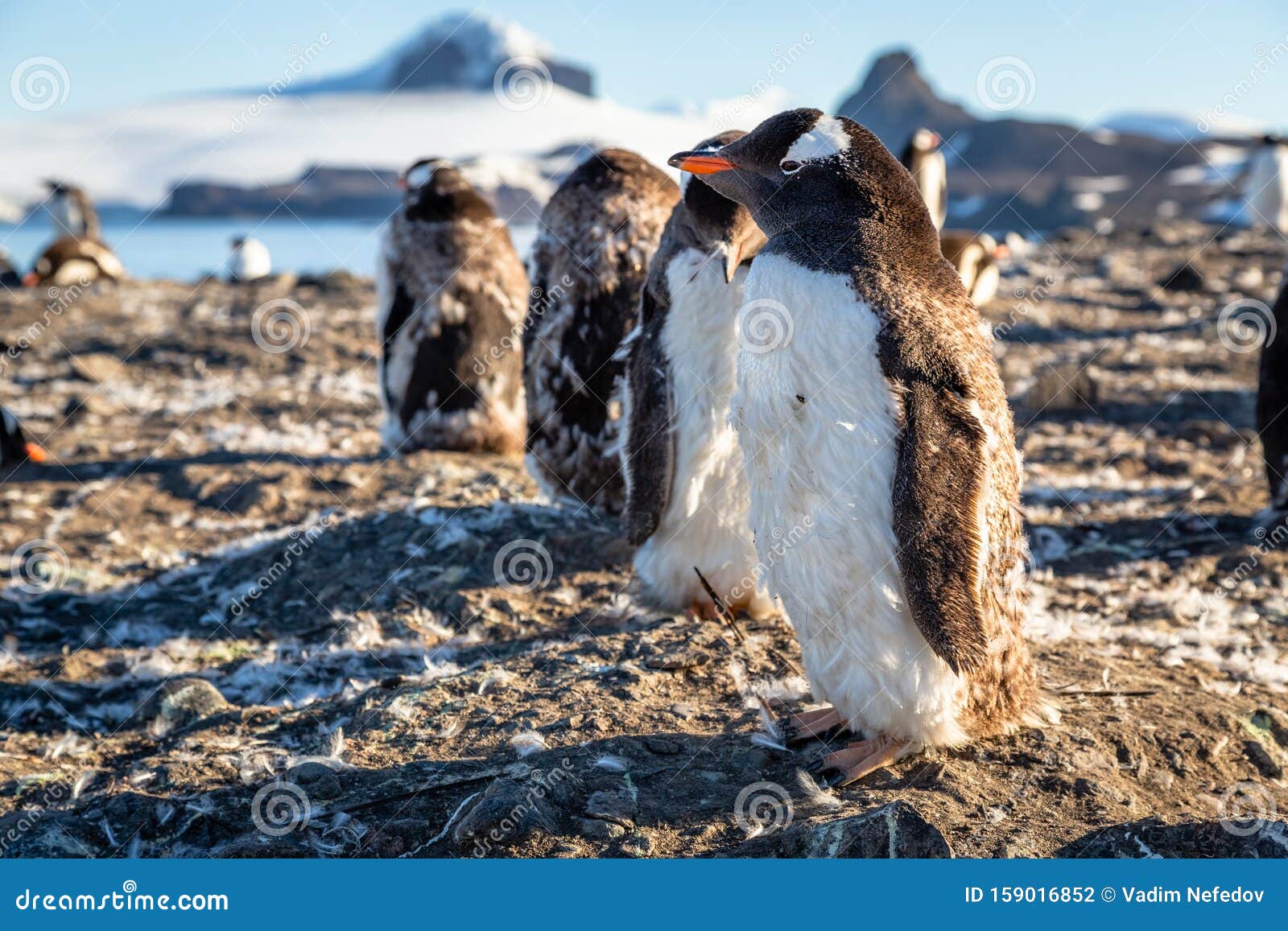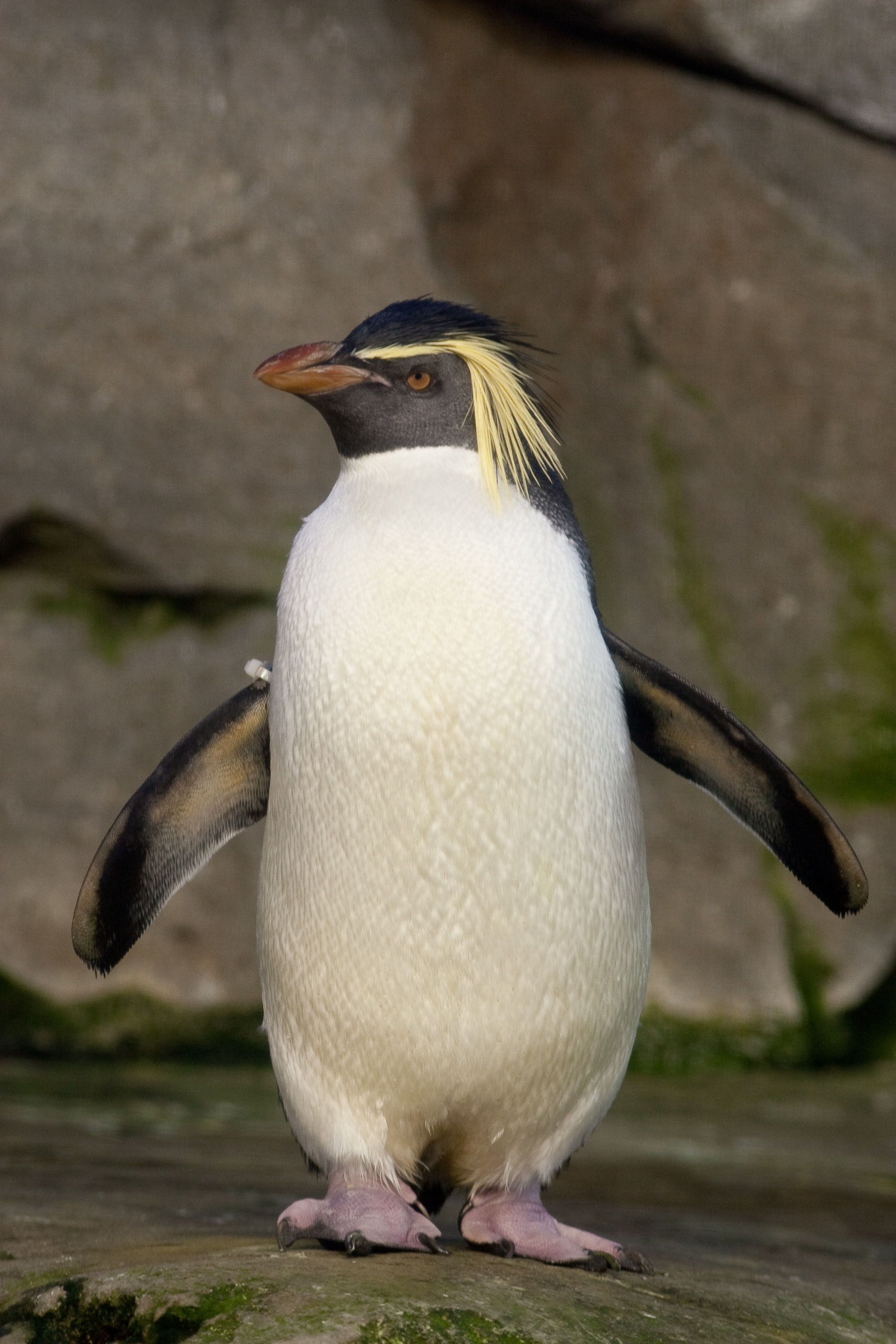

Scientists also theorize that changing temperatures could drive prey species deeper into the ocean, possibly pushing king penguins to the limits of their diving abilities.ĭisease outbreaks, disturbance from tourism and development, and invasive species round out the dangers known to threaten king penguins.This used to be available on YouTube ( proof of that– though it really goes back to 2007), but they have since taken out the feature to showcase what you enjoy and all related things. Rising sea surface temperatures affect the movements of prey species, and models predict that particularly in the South Indian Ocean, king penguins will soon have to travel longer distances to find the same amount of food. However, research suggests that climate change could threaten some king penguin populations in the future. The International Union for Conservation of Nature classifies king penguins as a species of “least concern.” This means that with a relatively large range and a global population of around 1.1 million annual breeding pairs, the species is not currently in danger of extinction. It’s a hard living though, and it’s not unusual for a king penguin chick to go several months while waiting for a meal. Egg incubation takes around 54 days, after which the parents must keep returning to the chick and regurgitating food into its mouth to help it survive the winter. Female king penguins tend to lay one egg each year, though breeding is often only successful every other year. The breeding cycle can last between 13 and 16 months.
#BOTANICULA FAT PENGUIN SKIN#
Instead, the male and female take turns cradling their eggs on top of their feet and keeping young warm with a special flap of naked skin known as the brood pouch. King penguins are like emperor penguins in that they do not build nests. On the stony shores they call home, king penguins must also protect their eggs and chicks from avian predators such as giant petrels, skuas, lesser sheathbills, turkey vultures, and caracaras. In the ocean, these include orcas, leopard seals, Antarctic fur seals, and South American sea lions. Of course, king penguins also have to watch out for predators of their own. To account for this, king penguins have excellent night vision, even though they do most of their hunting during the day. This part of the ocean is known as the dysphotic or twilight zone, and it gets darker the deeper one goes. Sometimes, finding prey requires diving to depths of more than 1,180 feet-that’s about as deep as the Eiffel Tower is tall. The birds use large flippers to swim at speeds of six miles an hour in pursuit of lanternfish and squid.

King penguins are epic hunters, scarfing down as many as 2,000 fish in a single day.
#BOTANICULA FAT PENGUIN FREE#
When they are on land, the birds prefer shores and valleys that are free of snow and ice, and can usually be found near the sea. While most people tend to picture Antarctica when they think of penguins, king penguins actually live and breed on a number of islands slightly north of the southernmost continent. However, king penguin chicks boast fluffy, dark brown plumage that looks so different from the adults, they were once thought to be a separate species altogether, known as the woolly penguin. Male king penguins are slightly larger than females, but the sexes look nearly identical in appearance. Some other penguins boast yellow feathers too, but none so prominently as the king penguin. The easiest way to distinguish a king penguin from the other 17 penguin species is by the splash of yellow-orange feathers the bird sports on its upper chest and by the teardrop-shaped patches of color on the sides of its head. In fact, the bird gets its common name from the belief that it was the largest of all penguin species-a belief that was overturned in 1884 when its close relative the emperor penguin, which can measure nearly a foot taller, was recognized as a separate species. The king penguin is the second largest penguin on Earth. Least Concern Extinct What is a king penguin?


 0 kommentar(er)
0 kommentar(er)
